 “Look at that probosces…yeah baby, yeah”!
“Look at that probosces…yeah baby, yeah”!
Sphingids are a family of moths, commonly known as hawk moths, sphinx moths and hornworms. They have been much studied for their flying ability, especially their ability to move rapidly from side to side while hovering, called ‘swing-hovering.’

It is thought that this evolved to deal with ambush predators that lie in wait in flowers. This bird loves the luminous night blossoms of the Sacred Datura plant, also called “jimsonweed” or “devil’s weed”, the blooms of this plant last only for one summer night and as such must work fast to attract pollinators, and what pollinators it attracts!
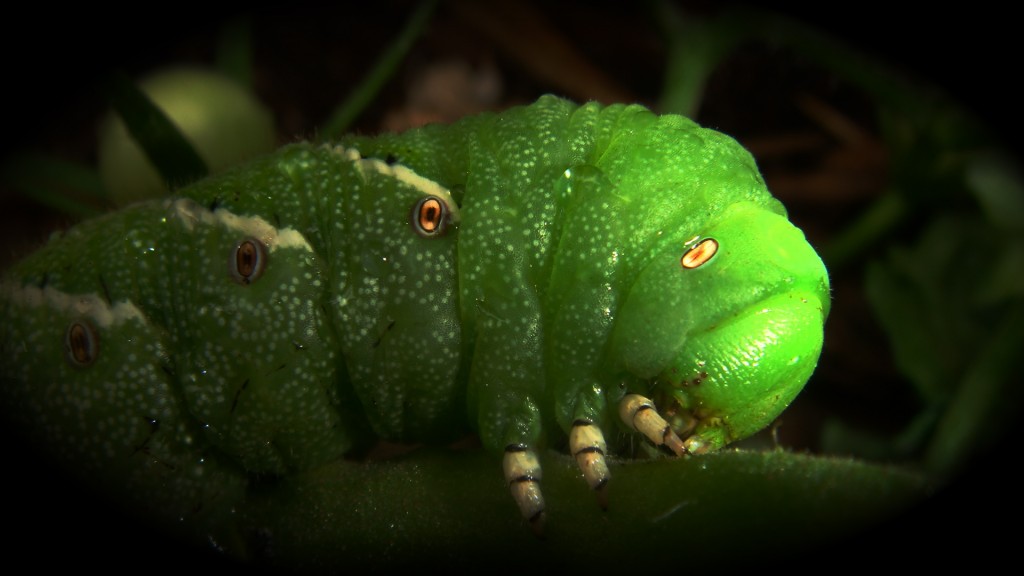 The large Manduca sphinx moths are not only essential pollinators of the night-blooming datura plant, but the plant’s surplus foliage supports the developing larvae of these sphingids. It’s called mutualism. The larva develops over twenty days and then molts to the pupa stage. The larva then drops to the ground and burrows into the soil where it constructs a pupal cell immediately before pupating.
The large Manduca sphinx moths are not only essential pollinators of the night-blooming datura plant, but the plant’s surplus foliage supports the developing larvae of these sphingids. It’s called mutualism. The larva develops over twenty days and then molts to the pupa stage. The larva then drops to the ground and burrows into the soil where it constructs a pupal cell immediately before pupating.
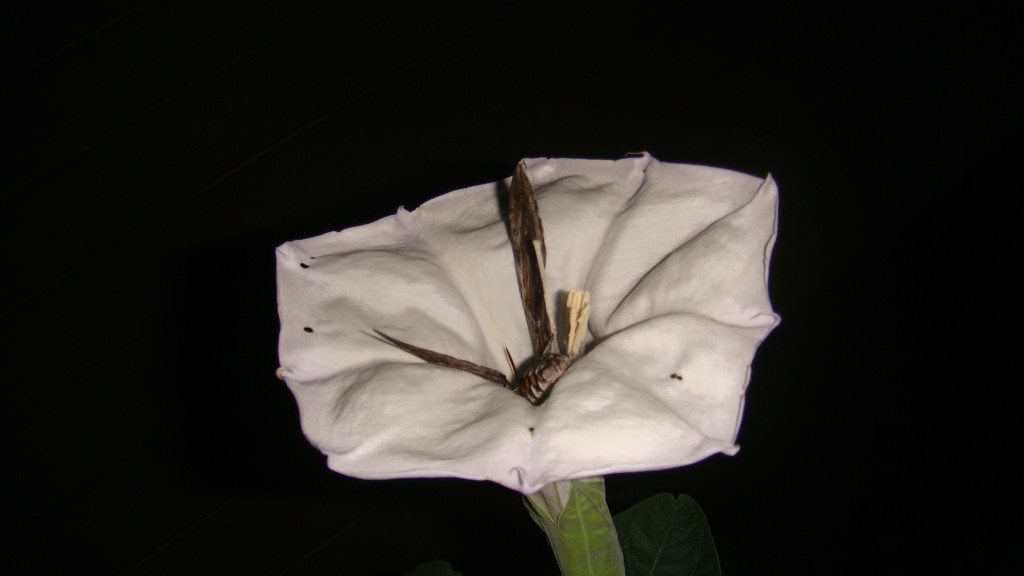
The adult moths feed on nectar, this one was in a complete frenzy, it smacked into me twice while ‘swing-hovering’, before it audibly “ka-flumped” as it belly-flopped into this bloom. The body of this moth is about the size of a mouse (with a wingspan brrr) and I have to say it was quite disconcerting as it drunkenly careened into me at full velocity, pausing only for some freaky under-chin fluttering nonsense, every time the camera flash went off.
 Needless to say, I only got these two shots in before wildly slapping myself around the neck area and running blindly (the flash had semi blinded me) for the safety of my house. I could hear “fluttering” immediately behind me as I stumbled.
Needless to say, I only got these two shots in before wildly slapping myself around the neck area and running blindly (the flash had semi blinded me) for the safety of my house. I could hear “fluttering” immediately behind me as I stumbled.
I went out this evening, intending to stay out, to conduct some, temperate midnight mulching (as you do). As the light disappeared in the Patch, I switched on the lamp strapped to my forehead and entered a quiet and relaxed state of maniacal mulching. Mulching is great, it is not loud – no fear of waking the kids or the neighbors like a bobcat has a tendency to do, and applying it offers an instant visual gratification whilst smothering the weeds. At least it does if performed in the daytime…
…the added benefit of midnight mulching is the next morning, when you wake up and get to see your work in its entirety.
Now to the haircuts…
 I could stand it no longer, the dreadlocks, the matted island hair, these mounds of straw had to be taken care of immediately…it was time for crew-cuts all round for my Mexican feather grasses.
I could stand it no longer, the dreadlocks, the matted island hair, these mounds of straw had to be taken care of immediately…it was time for crew-cuts all round for my Mexican feather grasses.
 I could hear them all moaning and complaining as I walked down the pathway to my shed to retrieve my shearing implements and the bib that I will position around each one’s shoulders as I move among them. Now is a good time to trim these grasses a little as a) if you are like me, you are probably completely fed up looking at their teenage mops and b) by cutting them back in August, it allows the plant time to recover and grow back for good winter form.
I could hear them all moaning and complaining as I walked down the pathway to my shed to retrieve my shearing implements and the bib that I will position around each one’s shoulders as I move among them. Now is a good time to trim these grasses a little as a) if you are like me, you are probably completely fed up looking at their teenage mops and b) by cutting them back in August, it allows the plant time to recover and grow back for good winter form.
Ahhh, so much better, I can see their faces again…I must stop brushing up against that Jimsonweed!
You know it is hot when even the amaranth starts to wilt (right).
There was one lucky girl that did escape the barbers wrath…
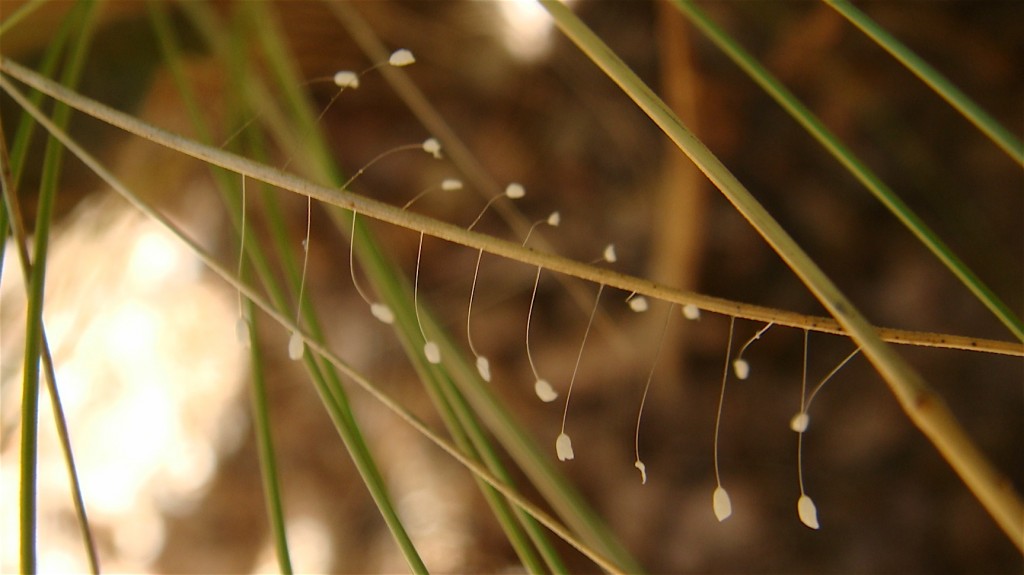 That was because her hair was adorned with these lacewing jewels, that I just happened to see at the very last minute. Stalked eggs are typical of lacewings. The larvae are so hungry and ferocious, that if the eggs were grouped the first one to hatch would end up devouring its siblings.
That was because her hair was adorned with these lacewing jewels, that I just happened to see at the very last minute. Stalked eggs are typical of lacewings. The larvae are so hungry and ferocious, that if the eggs were grouped the first one to hatch would end up devouring its siblings.
I take it your siblings did not have the luxury of stalks FB?
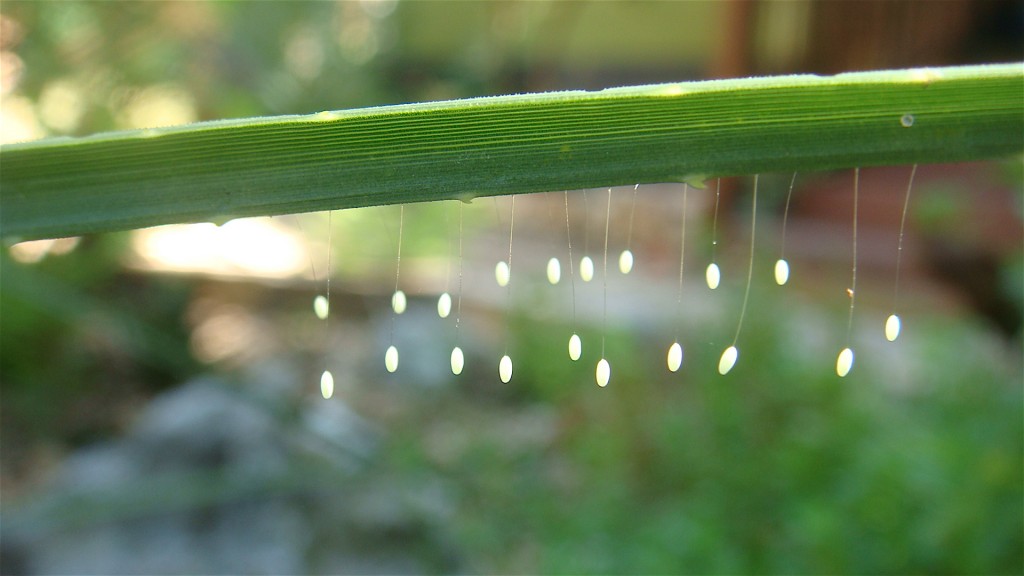 Here are some more hanging from one of my sotols. The theory is that the stalks ensure a higher birth and survival rate, due to the fact that the larvae have to climb down the stalks.
Here are some more hanging from one of my sotols. The theory is that the stalks ensure a higher birth and survival rate, due to the fact that the larvae have to climb down the stalks.
“Facinating ESP”. Zzzz
While I was on my back with my face buried under foliage trying to capture a shot of these minuscule eggs I glanced over and saw this monster looming above me, in fact I only had to shuffle over a few inches to take this shot.
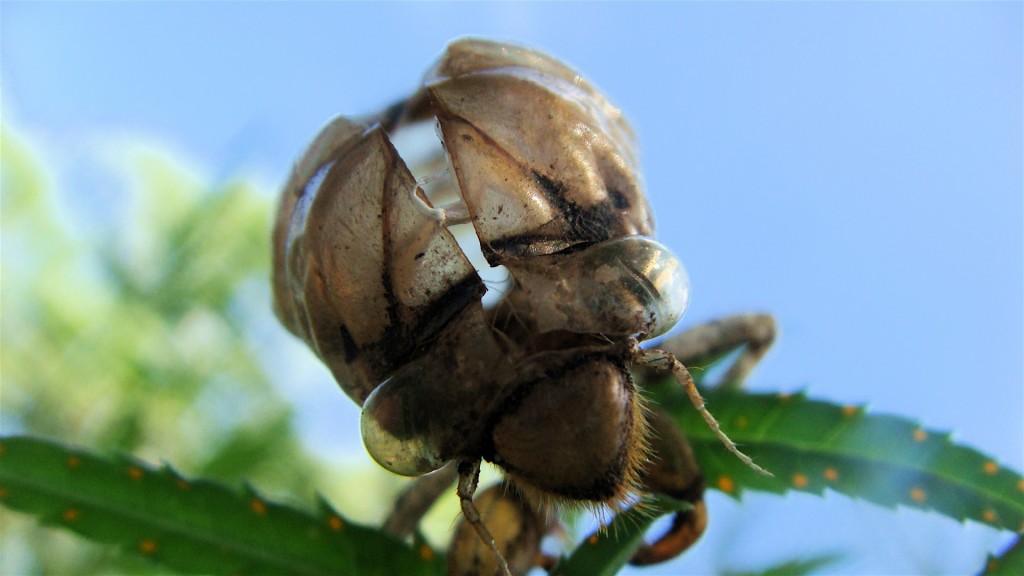
Ahhhh!
Cicada shells are almost as bizarre as the actual insect. Pam over there at Digging recently took a great picture of a cicada, riding it’s trusty steed: http://www.penick.net/digging/?p=8861 I am just glad this one did not decide to dismount as I took this shot, oh yes, I would have been sent running wildly into my house, clawing once again at my neck region…I wonder what my neighbors must think?
Moving on…
Purple heart has responded to our Texas august heat by saturating to even deeper shades of purple.
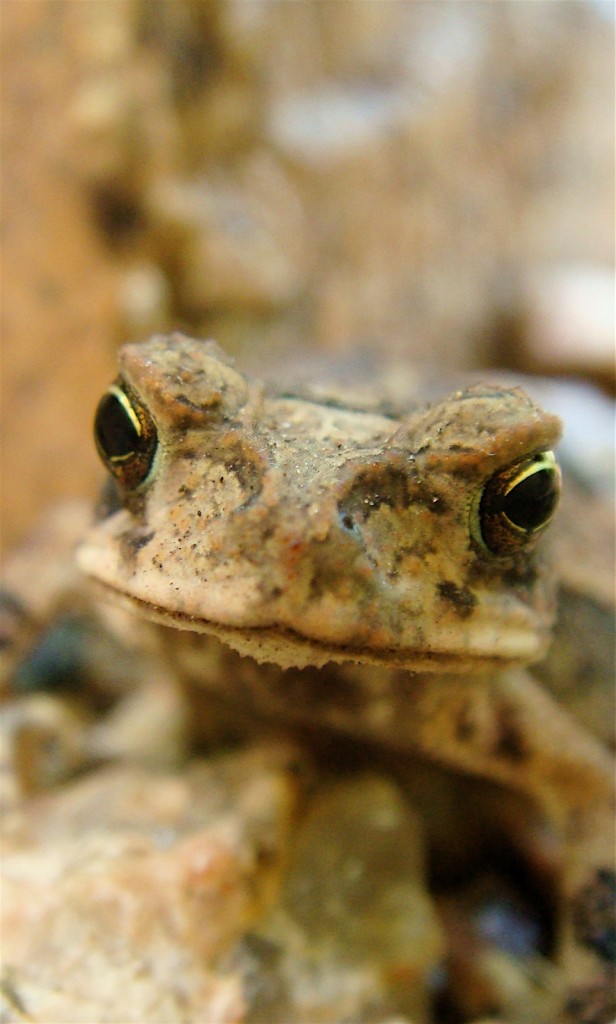
The foliage on my Madame Ganna Walska tropical waterlily is as interesting as the blooms and like the purple hearts, they are also very saturated at this time of the year.
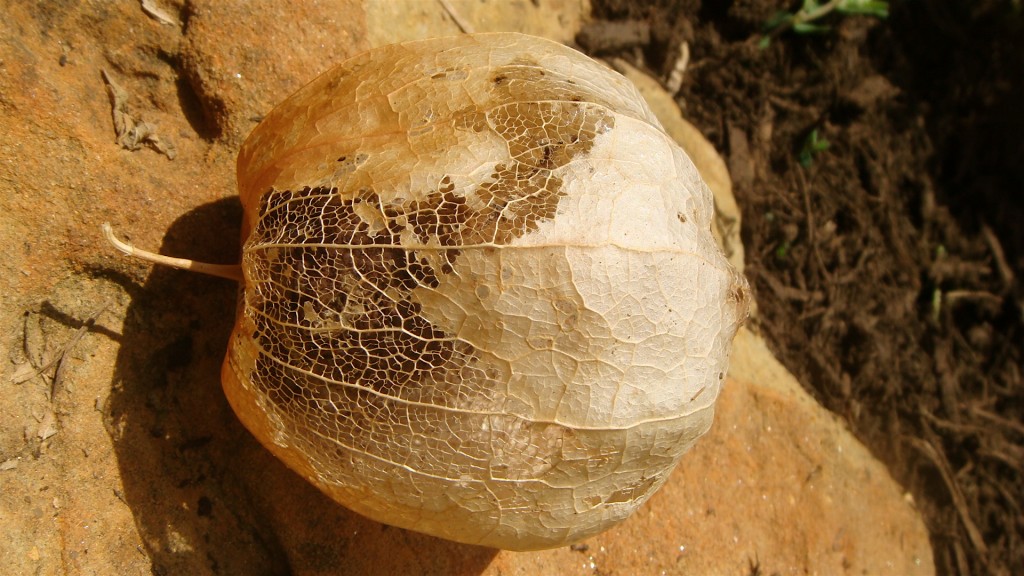
I found this old tomatillo lantern on the floor underneath the mother plant…

…a plant that is threatening to take over an entire corner of the Patch.
Although quite beautiful, this is now the surface film of the sinking mosquito dunk (I featured a few posts back) that has developed in my “everything but the kitchen sink” rainwater collection “system”. I am not surprised this will kill mosquito larva, but really! I am now fearful of even using this water on my plants, even though the packaging stipulates it is completely safe.
Finally:
After I removed the mesh from my tomato plants a couple of months ago, I rolled it up tightly and stuffed it underneath my shed. Today, walking up to get my shovel to plant a new oleander, I noticed that a corner of it was poking out.
I investigated further and found this:
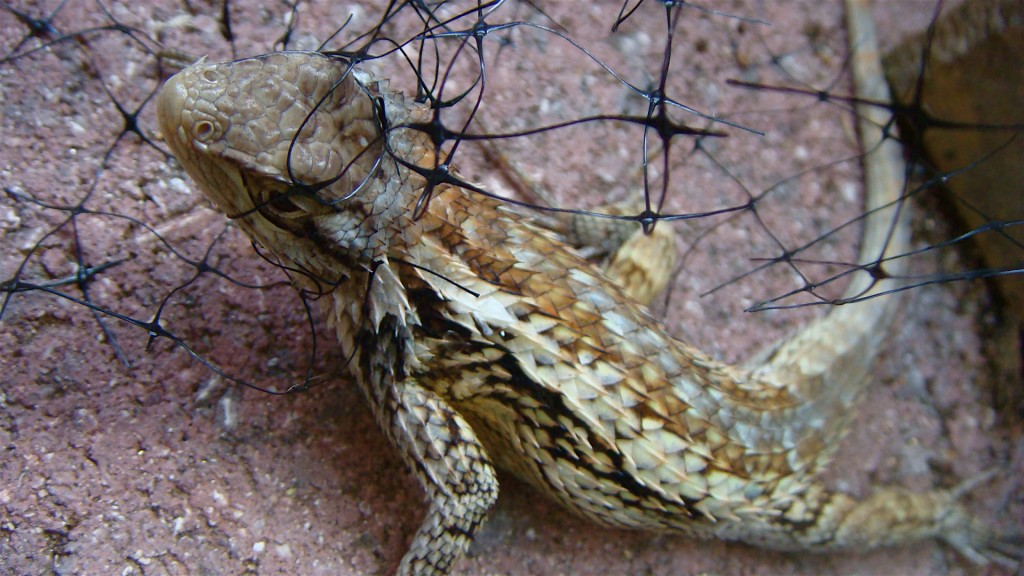
A Texas spiny lizard.
Sceloporus olivaceus
This poor chap had himself completely entangled. The above picture was taken after about ten minutes of careful snipping with some scissors. The hobbits were very excited to see one of these up close, considering how fast and shy these creatures typically are. The worst part of the snipping I saved till last, the neck and head, he kept attacking the ends of the snippers. A few final tighter snips and he was free, I cannot tell you how fast that creature took off!
I took the mesh immediately indoors.
I will leave you with this…the Gene Simmons of the butterfly world.
“Wilson”
All material © 2010 for eastsidepatch. Unauthorized
intergalactic reproduction strictly prohibited, and
punishable by late (and extremely unpleasant)
14th century planet Earth techniques.

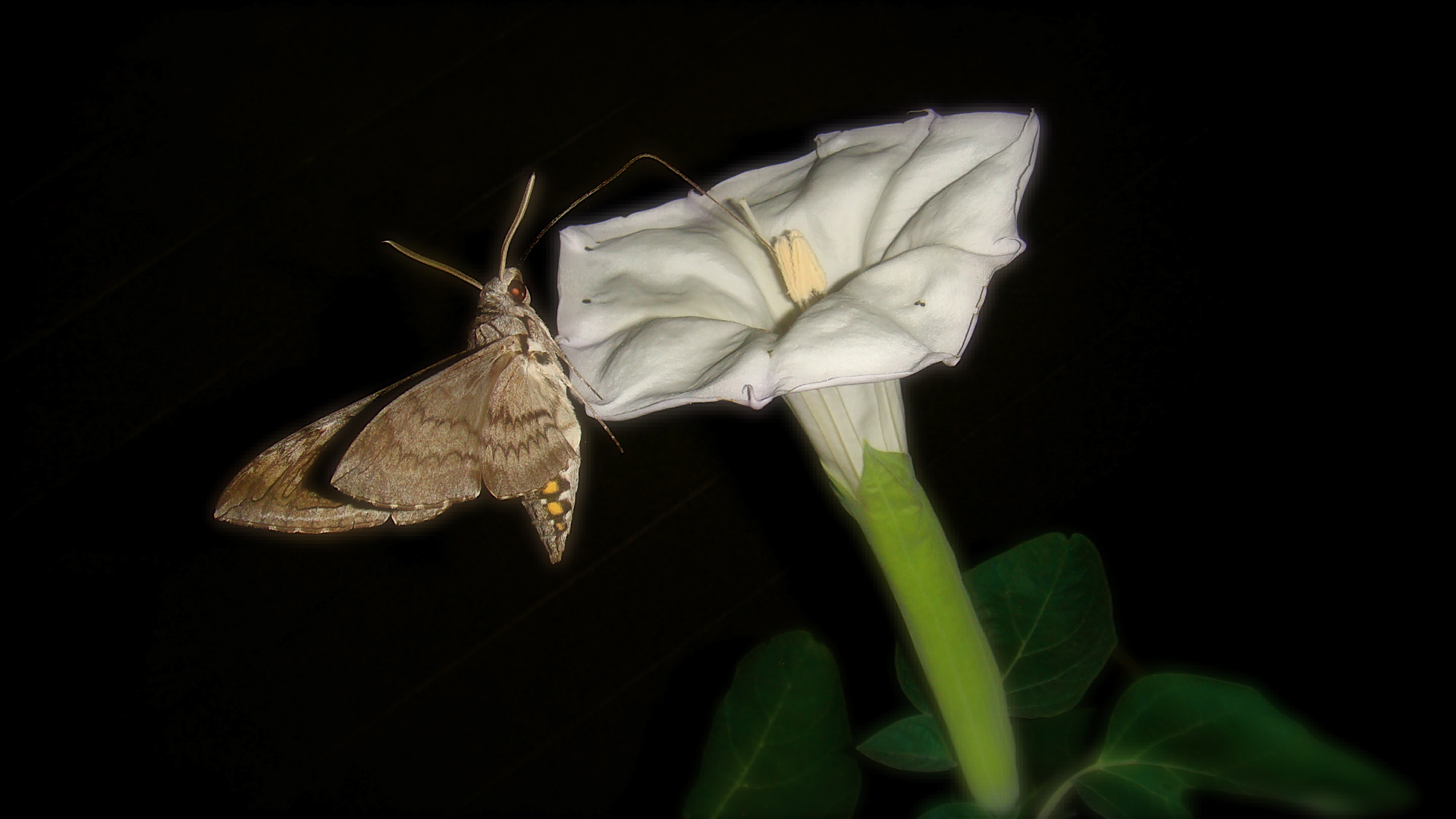






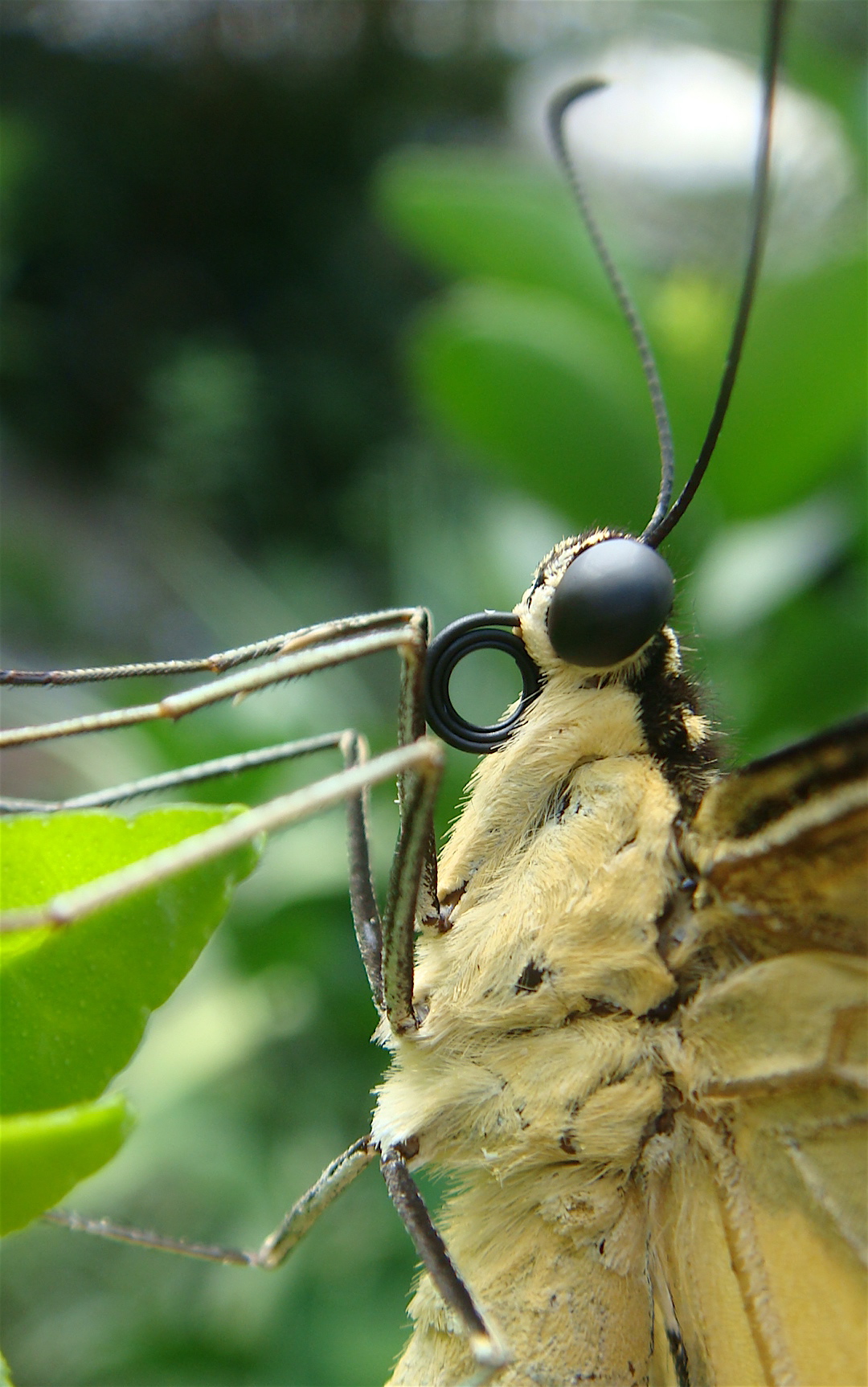


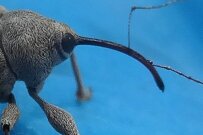




























































Comments on this entry are closed.
Great close-ups of the insect world in the Patch, ESP. Poor little Texas spiny lizard. I’m glad you rescued him before it was too late. They are ferocious looking, aren’t they? So different from the spineless green anoles.
I’ve had a bit of an ugly film on my stock tank pond lately too, and I haven’t used any of those dunks. I wonder if something is coming down from the trees? I finally sprayed off the surface of my pond today with the hose, and it looks a lot better now.
Thanks Pam.
I was so glad I got to him in time as well, that mesh is lethal…happy it is now finally in a safe place. Yes, very different to our green anoles…these spiny lizards have been turning up in greater numbers in the Patch the last year or so, I am even seeing a lot of young ones. So glad I did not have to perform CPR on it’s tiny chest.
The chemical-spill in my stock tank is most certainly from the new dunk that I administered a week or so ago, it really is quite disgusting. I am sure it is superficial but still, I will not be using these mosquito dunks in the Patch ever again, even if just for aesthetic purposes. Floating donuts for me from now on.
ESP.
I’ll add my praise to Pam’s – it was quite right to take time to carefully extricate that spiny lizard. I suppose what happened with that tomato mesh is the landlocked equivalent of birds/turtles trapped in soft drink six pack ring holders around bodies of water. I’m glad to hear you moved it indoors.
Additional praise for your nocturnal bravery capturing the Moth and the Datura (hmmm – that sounds like the title of a fable). It was the size of a mouse? Really!? (shudder)
Amazing and entertaining as always but it all pales by comparison with that macro shot of the swallowtail. Just, well, WOW! You really know how to reward us for reading all the way to the end of a post.
Hi TD.
I thought the mesh being pushed under the shed and rolled up that it would be quite safe…never thought about a lizard getting in there, anyway happy ending!
“The Moth and the Datura” by TD:-)
The moth WAS quite large, with a very erratic flight path. It went completely berserk every time the flash would go off…click and cover…click and cover…click and run as fast as possible into the house screaming. It followed me I tell you!
The swallowtail did come out good, I wish I would have got the other antenna in frame though, oh well, you know how it is.
Thanks Deb.
ESP.
As usual, amazing photos – LOVE the hawkmoths in the datura. Awesome!
Hi Lee and thanks.
I was very happy to capture the hawkmoth belly flopping into the datura…the sound as the moth slapped into this bloom was just crazy, these winged mice do not mess around!
ESP.
Your last shot is just amazing- can I not find a better word than that? I’m afraid I had the same incident with the mesh which covers my veg. bed frames although my lizard wasn’t so lucky. I found him being eaten alive by ants- I snipped the mesh away but he was bleeding and hobbled off. I don’t
know if he made it. Wicked stuff like plastic bags in the ocean and tin cans out in the wild.
Have you read somewhere about trimming the feather grass? I have just pulled mine out when it gets old and gray. Always seem to be more waiting in the wings to take over.
What a dedicated gardener you are.
Hi Jenny.
Can you believe that eye and licorice-like probosces, this swallowtail was very patient with me as I got all up in it’s rather bizarre face :-)
Yes the mesh netting is just that…a net, this one also caught a couple of large beetles earlier in the year, got to keep an eye on it. I was happy I got to this lizard before the ants. I have no idea how long he had been strung up in there :-( but judging from his incredible exit I do not think it had been that long.
I did read about trimming feather grass some time ago after doing some extensive Google searches on the subject. It appears information is quite thin on the ground about pruning this small grass, hence my new technique of thinning out the pinnacles in the spring without cutting the plant…(hair pulling). I trimmed what I had last year around this time of year and it put on another great fall / winter show. I just hope these rebound before the you know what, you know when :-) Ahhhh!
As mine line my pathways I try to keep them going…we will see for how long. I also pulled out at least a third to a half of the old growth (usually central) to make way for the fresh growth. I did try cutting them back to a few inches one year like my other ornamental grasses – oh it did not like that at all. RIP to you all.
Fingers crossed…
ESP.
I’m glad you were able to free the lizard. All too often, we gardens find such as remains and it’s too late.
Lucky little guy!
Hi Jenn.
Me too! It was a thrill to get up so close to this illusive spiny lizard, I just wish it had been under better circumstances! I was very happy to find it and after a bunch of snipping, set it free. It ran back into the net twice before finally achieving its FREEDOM (William Wallace)!
ESP.
How far was the lens from the butterfly in the last picture, Philip? It seems I have a problem of not enough light when I get real close. How do you retain enough light when you get real close?
When is the big shebang happeneing? I have some unbelievable news I want to tell you, but it would be better in person. It could effect you some what.
Hi Bob.
The lens was as close as my little point and click camera allows, that would be one centimeter in this ideal case…its left leg was touching the camera…I believe a Naboo tribal member shot a dart into this particular appendage so that it would not feel my presence and get spooked! I never really have a light problem on macro shots? If I do…Photoshop “levels” is my best friend.
The big shebang is scheduled for October the 16th : http://gardenconservancy.org/opendays/events.pl?ID=393&SortBy=&State=
I cannot wait that long for the “unbelievable” news Bob…you HAVE to tell me! Like RIGHT NOW! :-)
Regards Mr “Cryptic” Bob.
Don’t make me send some tiny reconnaissance scouts on a covert “intelligence gathering” mission to Draco Gardens! They specialize in large rainwater collection tank subterfuge, as you well know.
ESP.
Too bad the Flip doesn’t have a flash. Those moths would have made for some interesting video!
Hi Gail.
Yes…but I bet I could have shot it with a portable flood light, the frenzy this flying mouse was in, I do not think it would have minded in the slightest. Must get one from HDepot!
ESP.
Is Bob going to let us all in on his ‘unbelievable news’? he better had!
He hasn’t yet has he Jenny? err…Bob?